Looking back at the first time I planned to go backpacking, I was in my late teens and had very little experience of travelling on my own. It was fairly nerve racking. None of my friends were thinking along the same lines and the only inspiration I had was a tv series about China. My goal was to have an adventure, gain some life lessons and stay safe along my way. At the time of planning I had a check list of stuff I thought I needed, visas and also vaccinations. Vaccinations were especially a bit of a disaster, I had multiple injections over the period of a couple of months and fainted on most occasions. The local nurse would give me reams of paper, guiding me to all the dangers and illness I was going to face. Most of which seemed to be about poor sanitation, water quality and badly cooked food. Always buy bottled water I was told. Which I did.
I came home after five months, no injuries, no sickness. I came home for love, for lack of purpose and my wunderlust fulfilled. This contentment lasted a couple of years before I got my urge to travel again. Together we chose the Indian himalayas as it was half way between Japan and England. Neither myself or Mayu had any experience of being in the mountains but we were set on going there. I’d had enough of city life and wanted to try my hand at camping. Having never spent a night in a tent we thought we might as well start at the deep end.
India posed a bigger challenge in my mind for getting access to clean water. The trip really opened my eyes and interests to one of the biggest problems facing the developing world today. Clean water is such a huge issue and I learnt how debilitating it can be having diarrhea whilst trying to hike. For the first time I could understand what people can go through in places where there aren’t hospitals, and how important it is to stay healthy on a trip and in day to day life. Although I got ill in India, it was never serious and we always took care to purify our water. Usually it was just a case of my western stomach trying to handle a concoction of spices and local bacteria. Before starting our trip in the Himalayas I did some searching on water filters. It was very confusing, different sized nanometers, some used UV, others didn’t filter viruses. I just wanted something simple, that covered all bases.
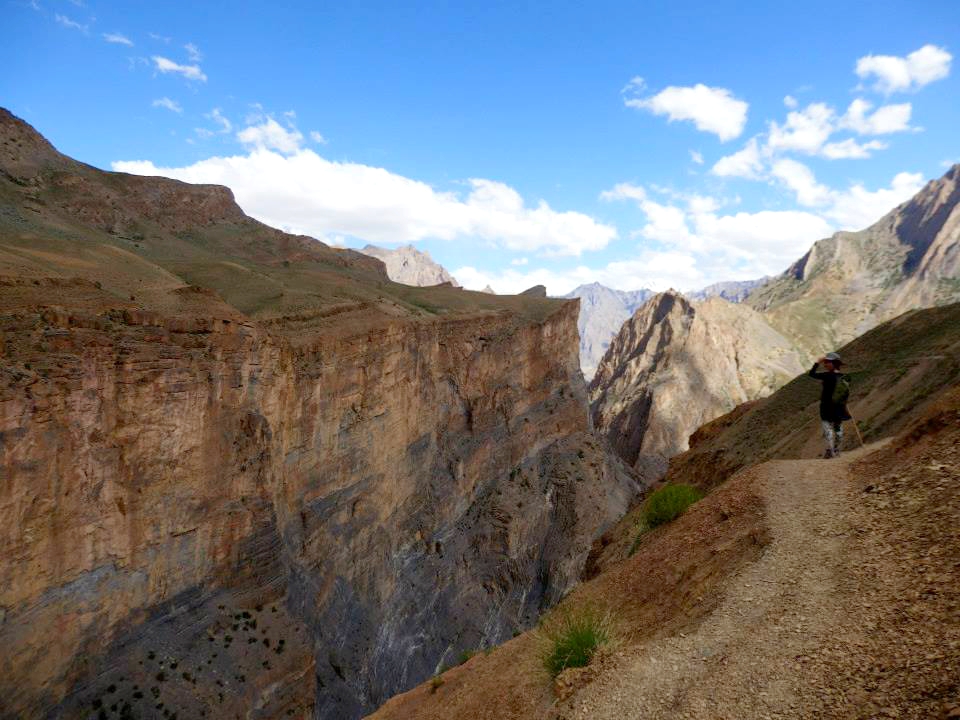
At the time the only affordable filter I could find in the UK was the life saver bottle. It did everything I needed but fairly chunky, they said it weight 700 grams but its always wet, so really its close to a kilo. It works by pumping and forcing water through tiny holes, bacteria and viruses are held back whilst the water gets through. Although it was heavy I did love the flexibility of getting water from any source, big or small rivers in the mountains and even taps in the city. Because of this purifier, water was always safe and cheap. I was pretty convinced that travelling with my own water purifying device was an essential piece of kit, especially in places where its known that the water quality is not good. But like all things, its a gamble. I have met some travellers that turn their nose up at the idea, saying that they rarely get ill and that a few bouts of giardia is no big deal. I guess a water filter is another level of security, like insurance. Most of the time you don’t need it, but hind sight plays on my mind too much, I would much rather a few extra precautions than have to deal with illness if and when it comes.
Moving to South Africa for work, I took my beloved filter with me. Making many trips into the mountains at the weekend and pumping water for drinking. Mayu and I decided in 2015 that cycling back to England might be a good idea and began preparing for our trip. The filter was in our kit list and away we went. Up until this point I’d had no troubles with the filter, but after a year of use the membrane cracked. I don’t know if I’d dropped it or whether it had been caused by freezing. All I knew is that I didn’t have a working filter. Fortunately we were no longer in a place that caused me concern and were now cycling in Europe, tap water was safe and we just carried adequate drinking water when we camped. I like to carry spares of things, but I couldn’t carry a spare filter cartridge, it was too bulky and too expensive to have as a back up. Boiling and bottled water would serve us as a backup.
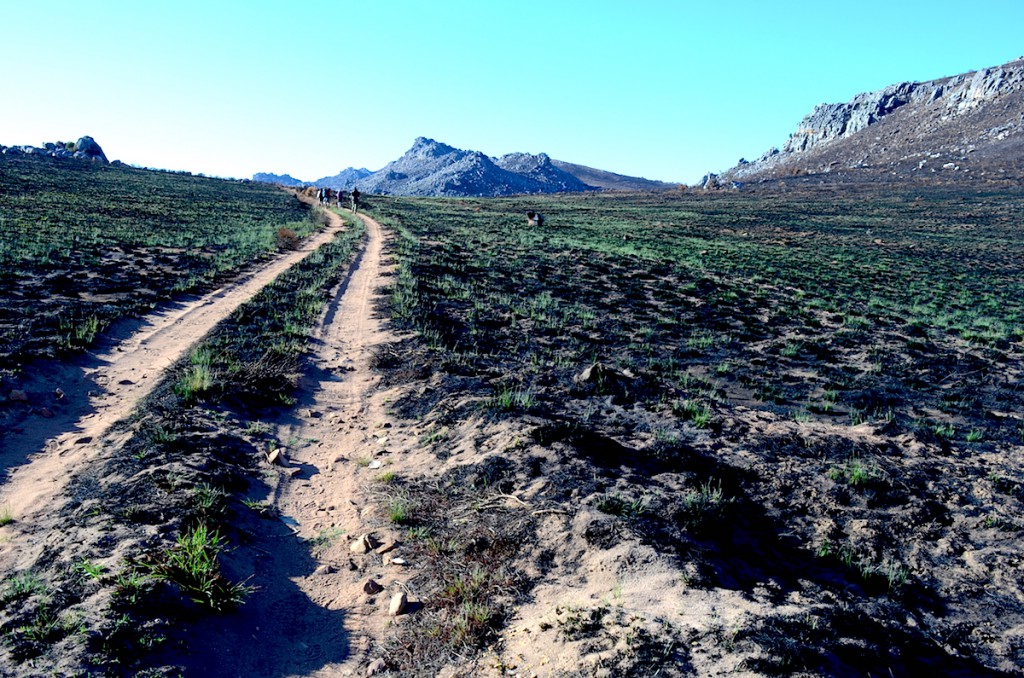
After returning to England, Mayu and I had six months to prep for our next leg of the journey that will take us to Japan. Re thinking the filter, I wanted to see what else was on the market years after I first looked at water filters. Again I found myself being pretty overwhelmed by the choice, however not many companies were focusing on an affordable, full spectrum water filter. Grayl stood out especially as it removes viruses, and I read some other people praising it. There are some key things that I like about it that I think other filters or purifiers don’t offer. Simplicity is by far the thing that sets this filter above others. I think its pretty hard to make an all in one filter thats simple in function and seems pretty robust. Obviously time will tell how well it stands up to the task, but like everything I try to look after all our stuff.
Grayl say on their website that the replacement purifier cartridge cannot withstand more than 3 freeze and thaw cycles. We have just spent some time in Turkey, in the winter, so I thought this might be a problem for us. We have been camping in sub zero temperatures and everything has been getting frozen solid. Grayl suggest to change out the filter cartridge if it is exposed to freezing more than twice. What isn’t made clear is whether or not the dry cartridges that I have as spares will be effected by freezing. I contacted Travis to get some advice. He assured me that the dry cartridges won’t be damaged by freezing as they have not come into contact with water. He also gave me some advice about storing the wet filter, saying to fill up the bottle full and wrap in a jumper. As I wear all my jumpers on a cold night I might just take off the wet filter cartridge, put it in a plastic bag and keep it in my sleeping bag with me to stop it from freezing in the future.
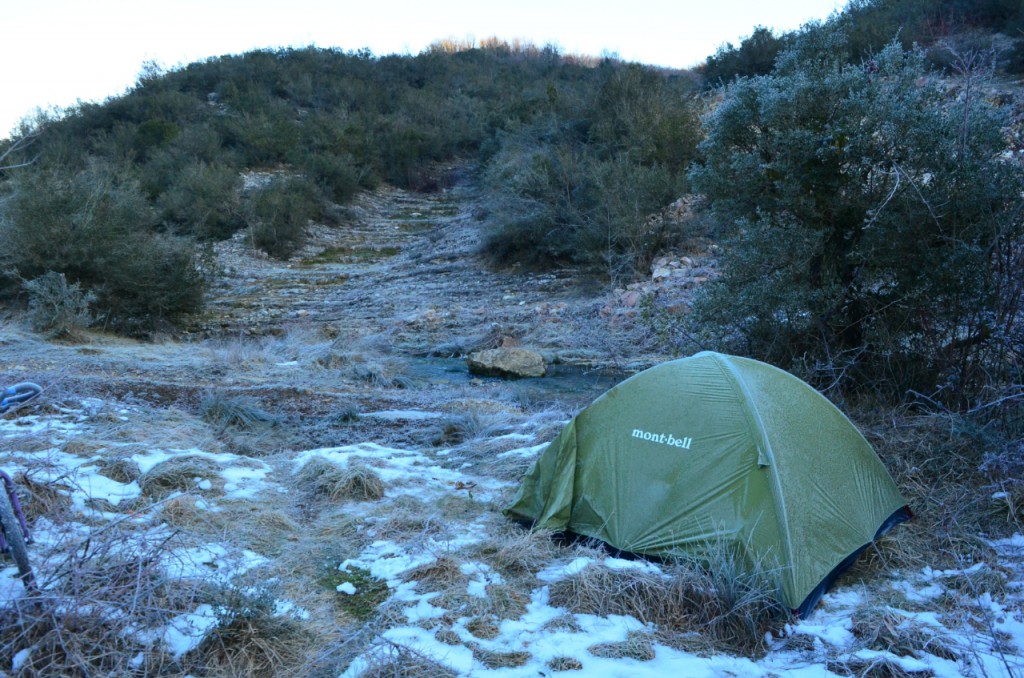
Another concern at first was the idea of pressing down on the rim of the purifier bottle, the inner press, and if I had dirty hands I would contaminate the water. I tackled Travis about this to see what his views were. Firstly he said there is another way, ‘keep the lid on as you press, making sure it’s unscrewed about a quarter-turn down on the bottle, keeping the lid on but not screwed up so as to let the air pressure out. Pressing on the lid reduces the ‘dirty hand’ problem, and also makes for a more comfortable pressing surface.’ He also said that the possibility of getting ill from contaminating the water like this is very low, but understand that people have picked up on this, and that future designs will try and incorporate this view. That satisfied my concerns and now I always push the cup down with the lid on, finding that more comfortable on my hands, and if I’m doing a lot of water I use a hat or something else as a padding.
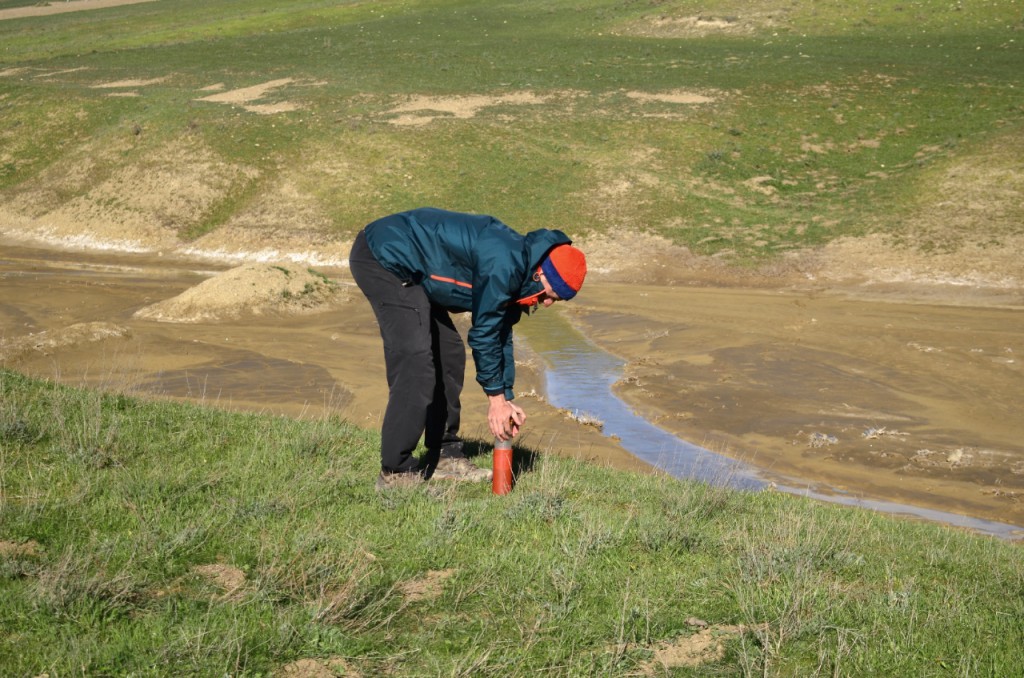
Something that I like about this filter vs my last filter is I find it easy to decant water into other containers. We don’t always use the filter as a drinking vessel, and fill up our water bottles instead. But this might be a plus point for people hiking that just want one drinking vessel in a place where there are multiple water sources along the route. Because Mayu and I spend most of our time travelling in developing countries, we worry about the risk of dirty water. I am not a scientists but I do read about different technologies and try to understand how things work. From what I understand about the way this filter works, is using three methods of filtering. Electrostatic, meaning the filter membrane is charged the opposite to viruses and bacteria. As opposites attract, all viruses suspended in the water get pulled against the filter and the water is let through. The second is activated carbon, this is a super absorbent material that filters heavy metals and toxins. Last is Silver treated zeolites, a funky a name for something, it helps to stop bacterial growth in the filter. I don’t know how common viruses are in which countries but for me I thought it is safer to take a filter that covers all bases especially if you are unsure about water. As I have found there are many filters that are popular on the market that only filter out certain things. They can be gravity fed, sucked through a straw, pumped, but none so far as I’ve seen use this simple idea of pressing like a coffee plunger. But I will let you do your own research on this.
Overall I think Grayl have done a pretty good job at creating a filter I was looking for. Something simple, light and robust that keeps us safe from whatever there might be in the water. In the past, especially in hot climates I notice I am pretty ill tempered in the mornings if I am not hydrated enough. So being confident about drinking lots of water is key. Taking care of these basics is so important, and I don’t want to drink less water because I can’t be bothered to boil or limit myself to having set amount of drinking water that I carry. For this reason a filter is pretty important.
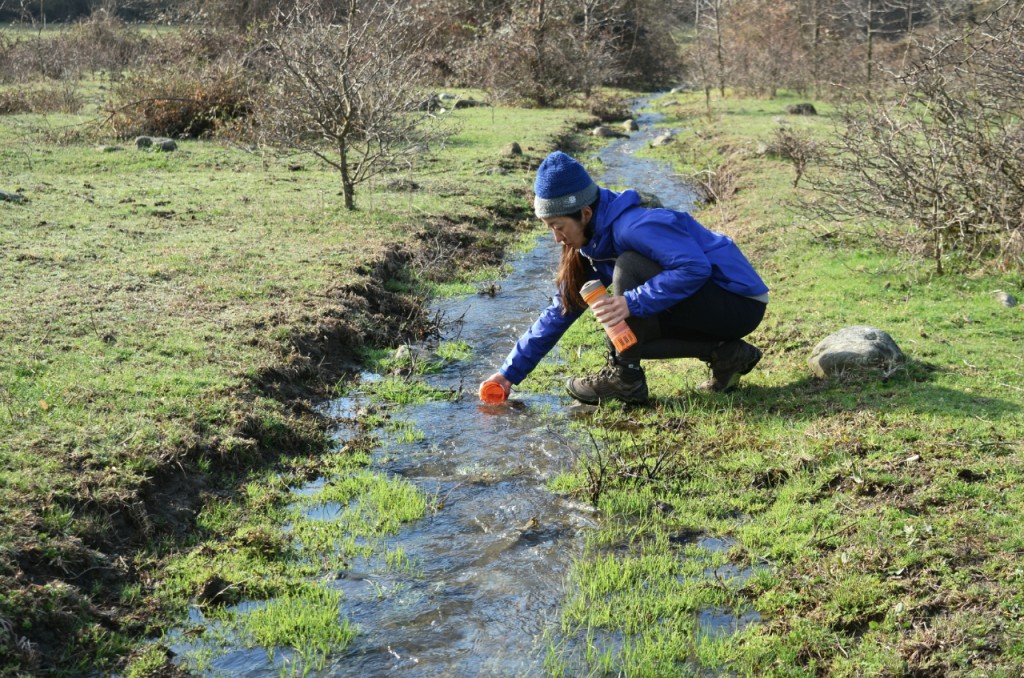


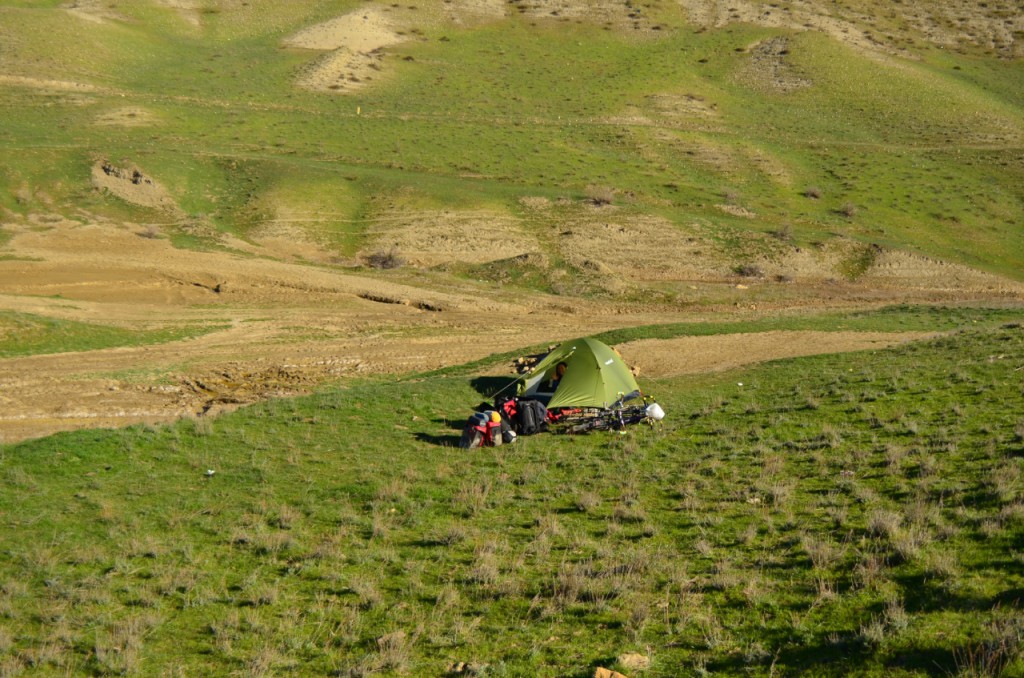
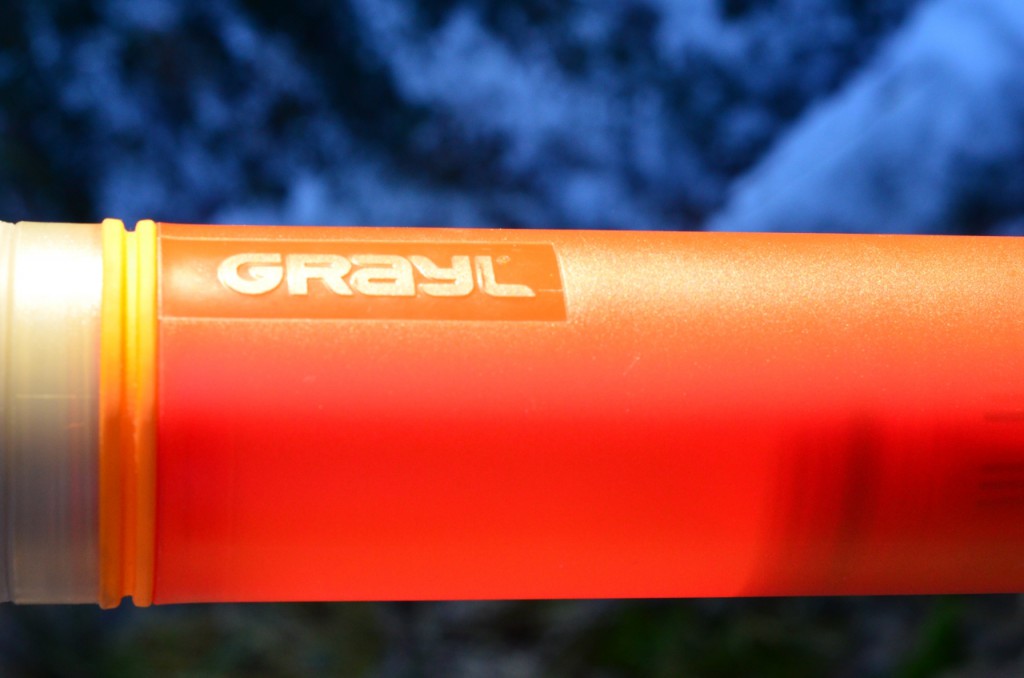
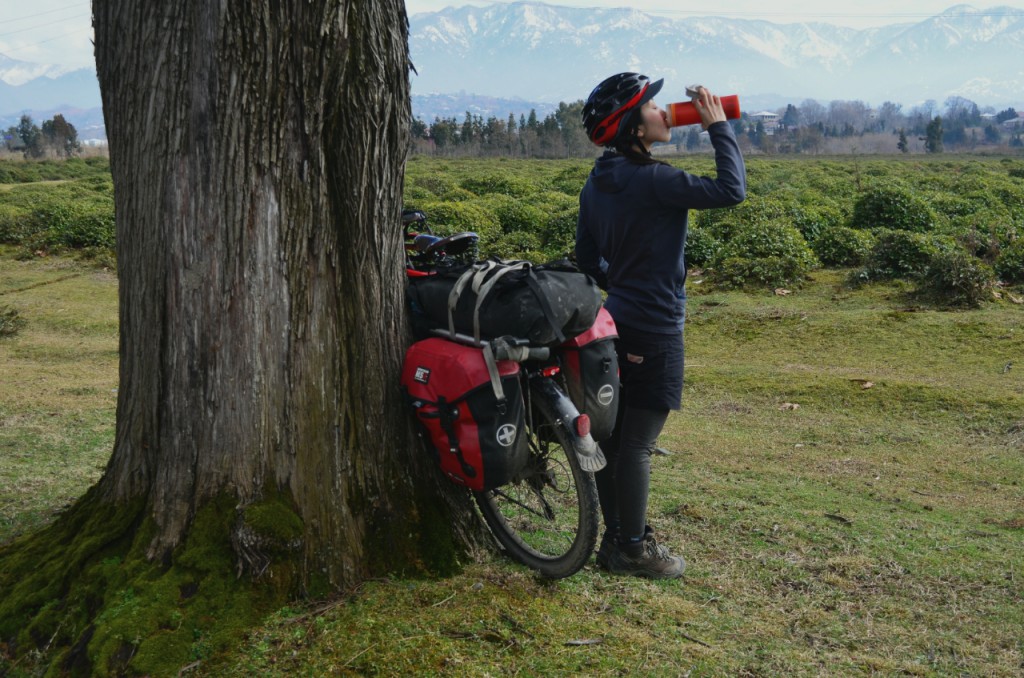

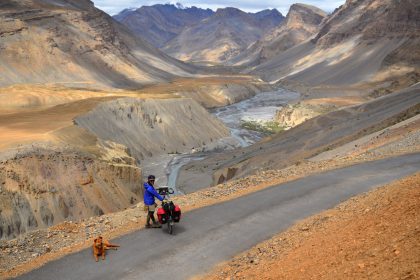
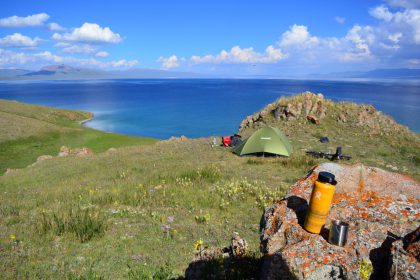
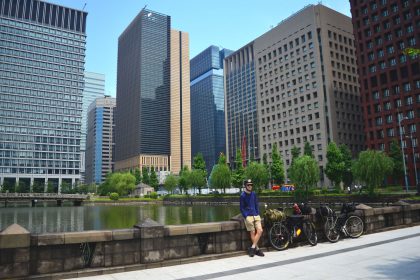
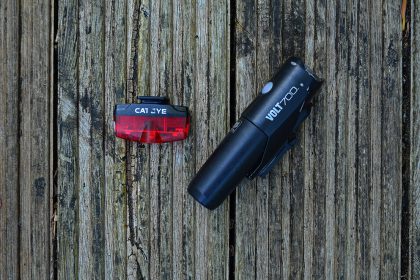
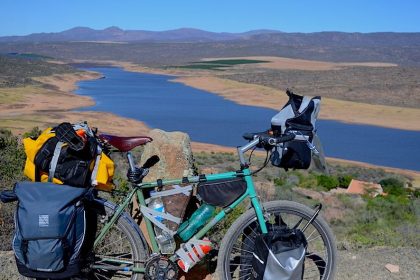
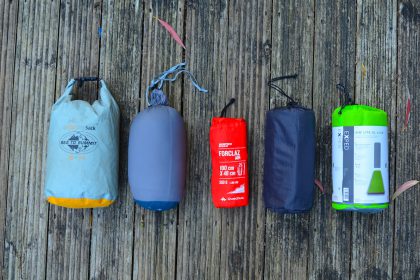
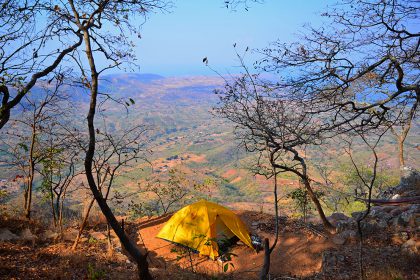
Hi You two.
I read your interesting blog on water filters and the complexity of their design. In 1989, i had to work in Leningrad (as it was then) and the hotel chosen for us by our Russian hosts had brown sanitary ware – the coloration was cased by dark brown water. An American friend who had been here before brought his water filter and Grandma and I used to go to his room every evening to get our supply of crystal clear water – we know how you feel about such a precious commodity.
These words were written by a favourite author and philosopher Joseph Campbell “I don’t believe people are looking for the meaning of life as much as they are looking for the experience of being alive.”
Much love to you both
Grandad
Wow the year I was born. Things have definitely changed within my lifetime for sure. Travel is a good teacher, without those experiences it’s easier to take such things a clear water for granted. Thanks for the quote!